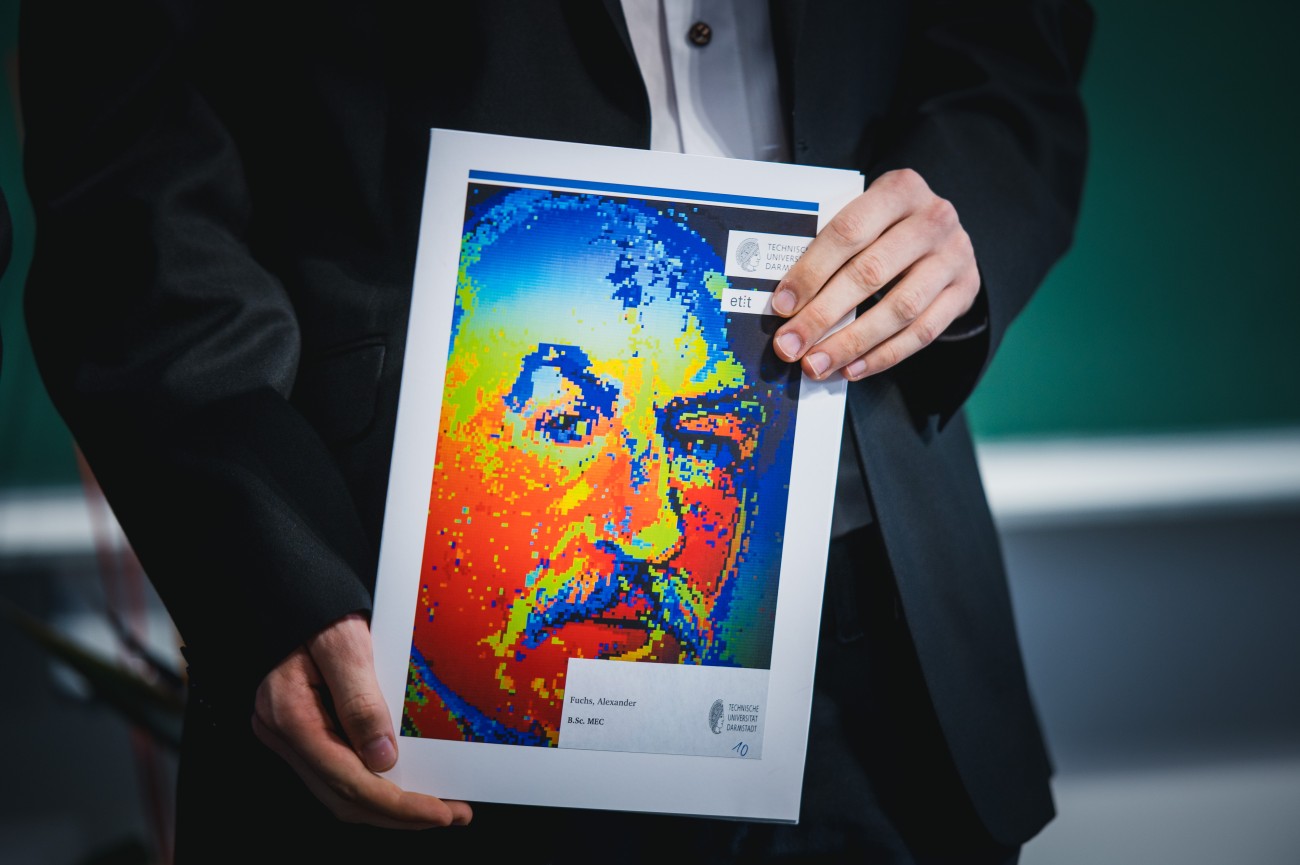Evaluation of 40 Hz non-visual spectral flicker neurostimulation (Medical application)
Masterarbeit, Bachelorarbeit
Recent studies have shown that daily one-hour exposure to 40 Hz stroboscopic light slows the progression of Alzheimer's disease in mice and thus indicates significant potential for a treatment in humans. Exposure of humans to a 40 Hz modulated light source is associated with some discomfort, especially as the flickering of the light source is clearly perceptible. Due to the associated visual discomfort, the approach is difficult to integrate into patients' everyday lives and can result in a lack of adherence to treatment. In order to reduce the perception threshold of the modulated light source, it is possible to vary the modulation depth of the signal. Alternatively, a non-visual spectral flicker can be used, which is based on a chromatic flicker and is composed of metamers, i.e. two different spectra with the same chromaticity coordinates. These spectra address different receptors in the eye, which means that neurostimulation can be achieved without any perceptible modulation of the light source. As part of the thesis, a literature review will be conducted to familiarize with the current state of research. This step will be followed by the design and implementation phase of a setup for spectral and stroboscopic neurostimulation. Subsequently, with the help of an EEG available in the faculty, the extent to which a modulation depth reduction can be distinguished from a non-visual spectral modulation will be evaluated.




